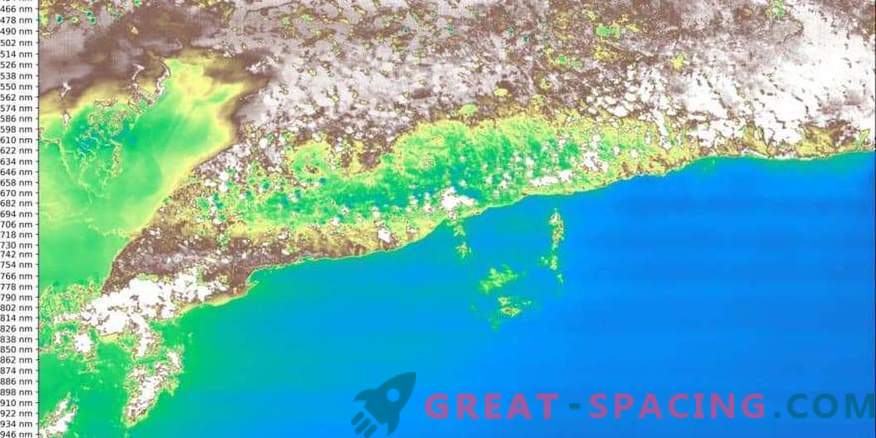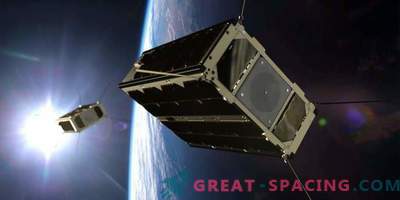
This is the first shot from a mini HyperScout device aboard the recently launched GOMX-4B satellite. The south coast of Cuba is shown.
GOMX-4B was sent on February 2 along with a partner - GOMX-4A. This is a multi-technology demonstration mission, testing inter-satellite radio communications and microprocessor technology. In addition, it is a hyperspectral imager created in the Netherlands.
Each color carries certain information. Therefore, the more spectral bands, the greater the amount of environmental information can be obtained. More compact HyperScout is able to observe in 45 visible and near IR spectral ranges.
The image area is 200 x 150 km 2, where each horizontal line transmits the scene in a different spectral band, proving that the overall chain of the apparatus works as planned. The shot went through pixel processing and still contains atmospheric and solar effects. But now you can see the prospect, which exceeded the expectations of developers. HyperScout - a device with a linear variable filter. That is, each horizontal line of pixels is visible at a different wavelength of 400-1000 nanometers. The forward motion of the satellite allows you to quickly get a complete hyperspace image. The tool is aimed at the rapid fixation of various changes, such as floods, fires or climatic instabilities.











































